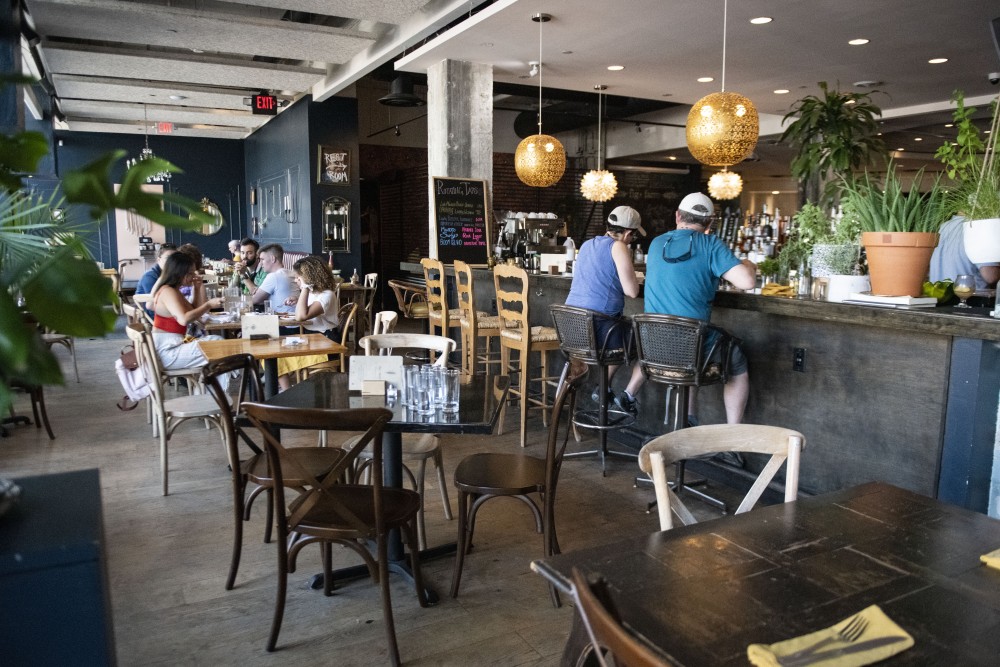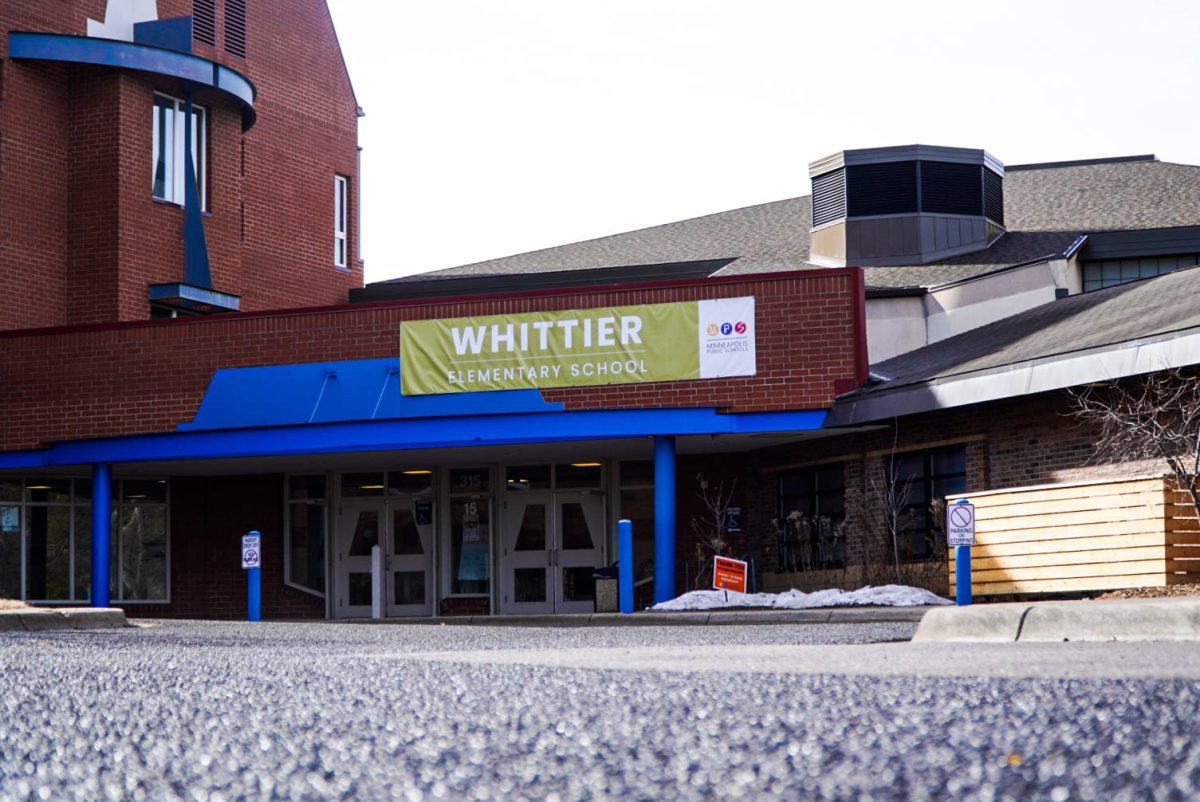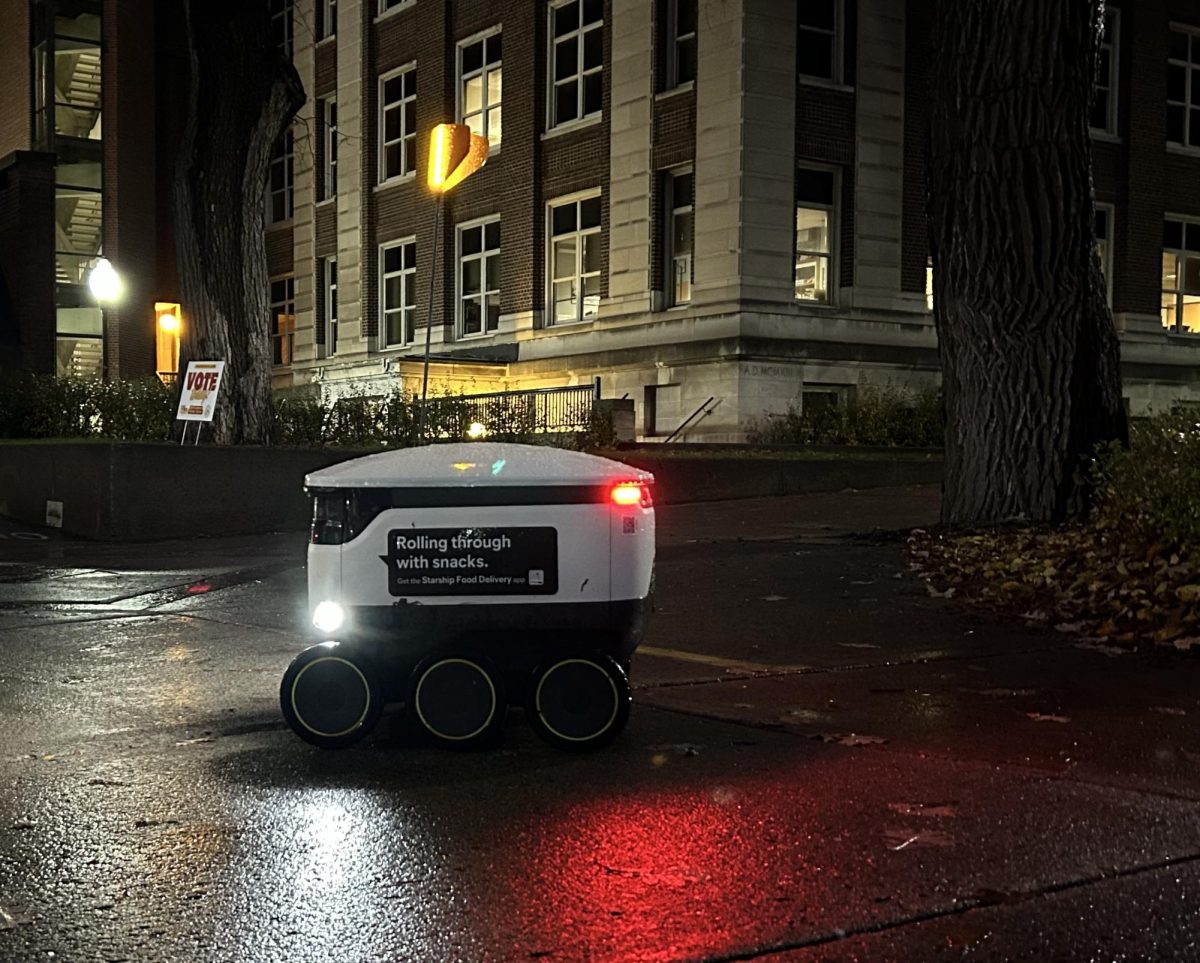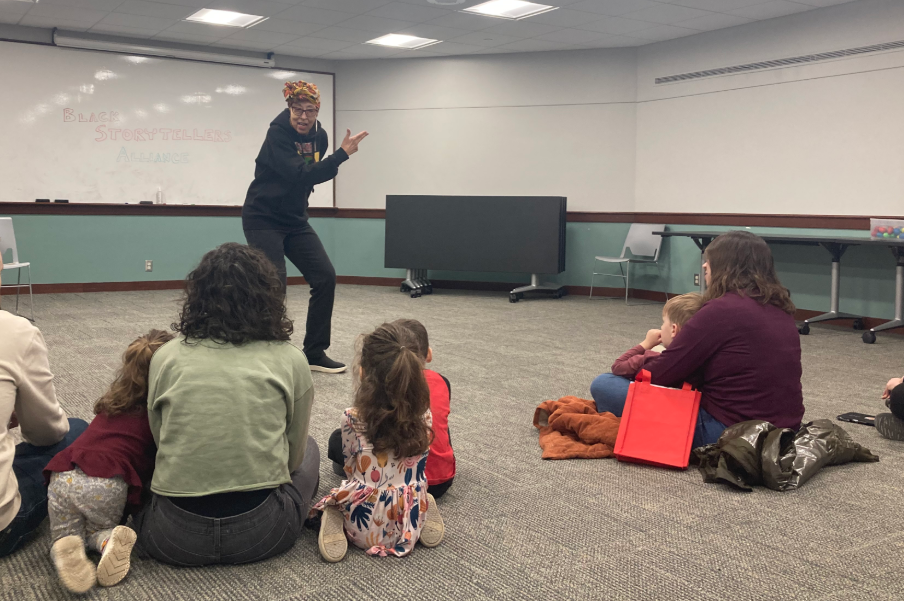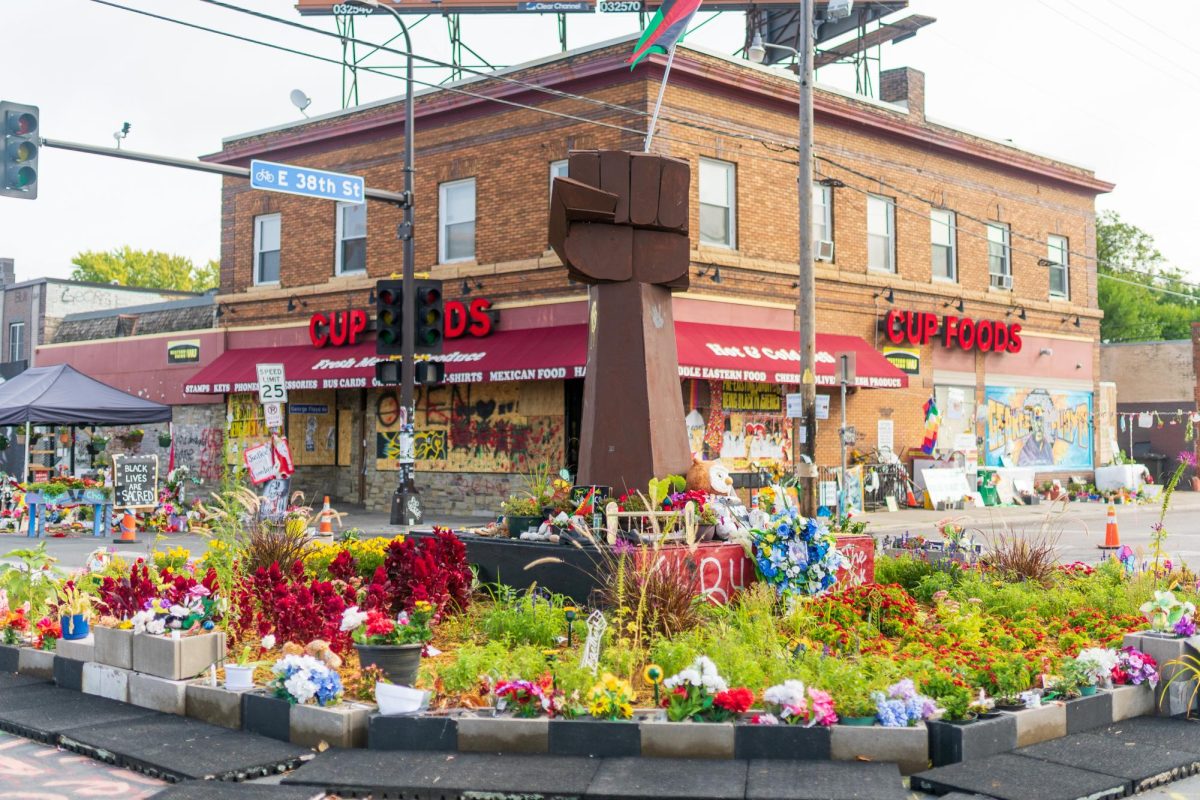On a recent Saturday afternoon at Fig + Farro in Calhoun Square, customers conversed in the large dining area, with its contemporary, mismatched wooden tables and chairs, warm lighting fixtures, cozy booths and sprawling bar.
Now a year-and-a-half old, the restaurant, which began as a vegetarian establishment, serves a vibrant and much-loved vegan menu. The switch is part of the restaurant’s larger mission: fighting climate change.
“Dairy is actually one of the leading causes of greenhouse gas. We just felt as a restaurant with the mission of climate change that we just couldn’t do that anymore. We just couldn’t offer dairy,” said Michelle Courtright, the restaurant’s founder and proprietor.
From the kitchen to the bar to the decor, Fig + Farro gives its diners the tools to learn about and combat climate change. Most wines are on tap and spirits and beer are made locally, said Tyler Allen, the head bartender. In lieu of egg whites, aquafaba (the left-over liquid from a can of chickpeas) is used to create froth on some of Allen’s signature cocktails.

Among the many potted plants lining the shelves of the dining area sit books about veganism and climate change. More reading and discussion — or “vegucation” as Fig + Farro’s website calls it – takes place during bi-monthly book club meetings (some past assignments include “The Omnivore’s Dilemma,” “Eating Animals,” and “Diet for a Small Planet”). A monthly “Climate Series Salon + Supper Club” featuring a guest speaker also ignites conversation.
“The more I read about climate over the last two years and livestock agriculture and its effect on climate change, I realized that food has to be a part of the solution,” Courtright said. “So, it was really important to me to make sure that we’re always talking about climate change with our guests.”
In 2018, Courtright was chosen to attend the COP24 United Nations conference in Poland and was inspired by the “Trillion Tree Campaign,” the only viable plan, she said, that could reduce carbon emissions by 25 percent.
So, starting in December 2018, Fig + Farro began planting one tree for each guest by donating to Trees.org. So far, the tree count is over 21,000.
With the help of head chef Andrew Vuong, the restaurant has also conceived creative ways to decrease food waste. One solution: deep frying leftover vegetable stems, “like carrot tops and the tops of eggplants and things like that,” Courtright said. “That was really fun and tasty. Like really, really good.”

Some menu favorites include the patty melt (a Beyond Meat burger on marble rye, with vegan smoked gouda, caramelized onions, roasted tomato) and buffalo cauliflower (a play on buffalo wings) – proof, says Vuong, that vegetables can be delicious.
“Growing up in a traditional Chinese family, we ate everything… bitter melon, every animal, but many vegetables. I feel like in American culture, vegetables are something you eat in small portions that do not have very much flavor. And people just pick at them,” Vuong said. “I believe vegetables need to be full-flavored, eaten as a dish on their own.”
But, the restaurant makes it clear: meat lovers are especially welcome.
“Providing a safe place for vegans to come and eat is fantastic,” Allen said. “But, we’re also trying to provide a place where meat-eaters can come and eat a plant-based diet and feel satisfied.”
Lead server Philip Grazulis has noticed a change in opinions surrounding veganism. “Working here, I get to hear everyone’s unique stories,” he said. “There is a stigma for vegans, that is kind of going away but that’s been bad in the past… like [that we are] pretentious people.”
The restaurant’s large Friday and Saturday crowds suggest that for many diners, there is no stigma at all. Fig + Farro’s menu is specially crafted to serve tried-and-true favorites, just in a more “conscientious” way, Vuong said.
Take the “universally-loved” patty melt for example. “Everybody has this experience of like, ‘Oh my god, it does not taste bad at all, it tastes exactly like a hamburger,’” Courtright said. “People don’t want to destroy the environment. They want to be helpful but they just need to know what is the solution.”

This is the first article in “Digging In,” a series about the stories behind beloved Twin Cities restaurants.


